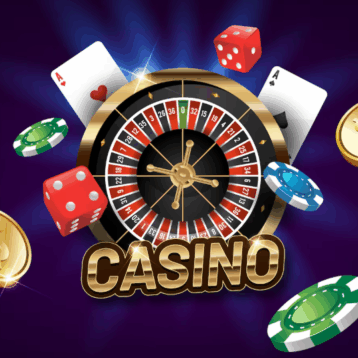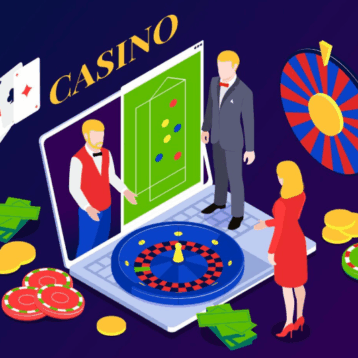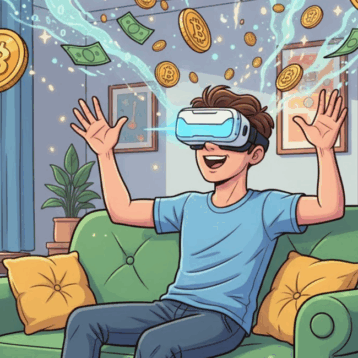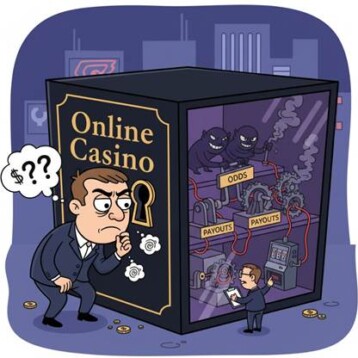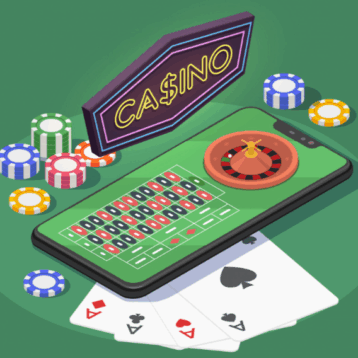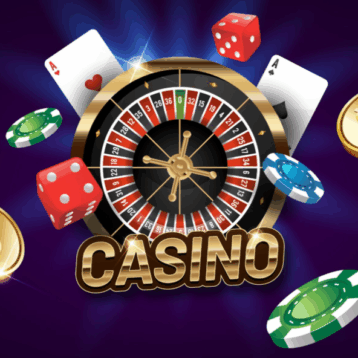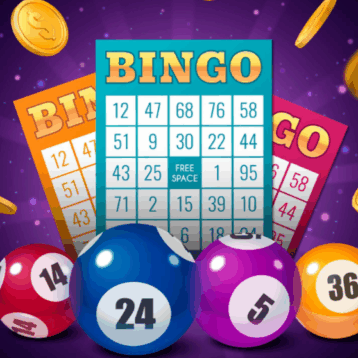In today’s digital age, gamification and reward-based incentives have become pivotal strategies across various industries, including education, fitness, e-commerce, and iGaming. They are designed to increase user engagement, improve retention, drive business success, and ultimately grow revenue.

What Exactly are Gamification & Reward-Based Incentives?
Gamification is the process of applying game-design elements and principles in non-game contexts to increase user engagement. It incorporates elements such as points, badges, leaderboards, and challenges into non-game contexts. Doing so, it taps into the innate human desire for achievement, competition, and social interaction.
On the other hand, reward-based incentives offer tangible benefits such as discounts, bonuses, or exclusive content, providing users with immediate gratification for their engagement.
Gamification in Education
In the education industry, gamification is revolutionising the way students learn. Thanks to reward-based incentives, students can earn points for completing tasks or participating in class. These points can give them rewards or new levels, showing their progress. Additionally, students can win badges for achievements like mastering a particular skill, motivating them to do their best.
There are also leaderboards in a gamified classroom, which display rankings, encouraging friendly competition and teamwork. Teachers create challenges that align with learning goals, making students solve problems and think critically.
Examples of gamification in education include platforms like Duolingo, which uses points, streaks, and rewards to motivate users to practice languages on a daily basis. Khan Academy offers badges and points for completing lessons and mastering topics, encouraging students to progress at their own pace. Classcraft turns classroom activities into a role-playing game where students earn points for positive behaviour and academic achievements.
Fitness & Health Apps
Fitness apps like Strava, MyFitnessPal and Fitbit have harnessed gamification to encourage users to stay active. Strava is renowned for its running and cycling tracking, using leaderboards and challenges to motivate users. Fitbit offers comprehensive health tracking, including steps, heart rate, and sleep patterns, with a strong focus on community and challenges. MyFitnessPal focuses on nutrition and calorie tracking, helping users manage their diet alongside their fitness routines.
They incorporate leaderboards, challenges, and achievement badges to foster a community-driven environment where users can compete with friends or themselves.
One of the primary gamification features of fitness and health apps is goal setting and tracking. Users can establish personal fitness goals, such as steps taken, calories burned, or workouts completed, with the apps tracking progress in real time. This provides immediate feedback and a clear picture of achievements. Many apps also offer challenges, like 30-day workout plans or step competitions, to motivate users.
Rewards and badges are common incentives for reaching milestones or completing challenges. These symbols of achievement encourage continued participation and celebrate progress. Social features are another key component, allowing users to share their achievements, join groups, or follow friends.
E-Commerce & Customer Loyalty
E-commerce companies focus on loyalty programs to increase customer loyalty and sales. One common strategy is the implementation of rewards systems, where customers earn points for every purchase. These points can be redeemed for discounts, free products, or exclusive offers, incentivising purchases and encouraging customers to accumulate points over time.
Some businesses use tiered loyalty programs that offer different levels of benefits based on customer spending. As customers move up tiers, they receive more exclusive rewards, such as early access to sales, special discounts, or free shipping. Platforms like Amazon and Starbucks employ points systems and tiered rewards to encourage repeat purchases. Customers earn points for every transaction, which can be redeemed for discounts or exclusive offers.
Personalised offers and recommendations, enabled by data analytics and AI, enhance the shopping experience further. Subscription models provide regular deliveries of products or exclusive content access, offering convenience and value to customers, which strengthens their commitment to the brand.
Additionally, some e-commerce sites incorporate gamification elements, such as challenges or contests, to engage customers in a fun and interactive way. These activities can lead to rewards or recognition, encouraging ongoing participation and brand interaction.
iGaming Industry
The iGaming industry also uses the power of gamification and rewards. Online casinos use a variety of strategies to attract and retain players, with bonuses being a popular choice. Bonuses are an essential part of the iGaming industry’s marketing strategy, with many different options provided to users, such as free spins bonuses at UK casino sites, welcome bonuses and no deposit bonuses.
Free spins are the most common promotional tool online casinos use to attract new players and keep the existing ones. These incentives allow players to try different slot games for free, with the potential to win real money. With free spins, casinos create a low-risk environment for players to explore their offerings. Furthermore, many online casinos incorporate leaderboards and tournaments to create a competitive environment. Players can compete against each other for top spots on leaderboards, earning additional rewards and recognition.
Whether it’s earning badges for completing language lessons, competing in fitness challenges, or claiming free spins at online casinos, the gamification and reward-based strategies are proving to be effective in driving user engagement and retention across different industries. As technology evolves, we are confident that gamification will play an even more integral role in digital interactions.

